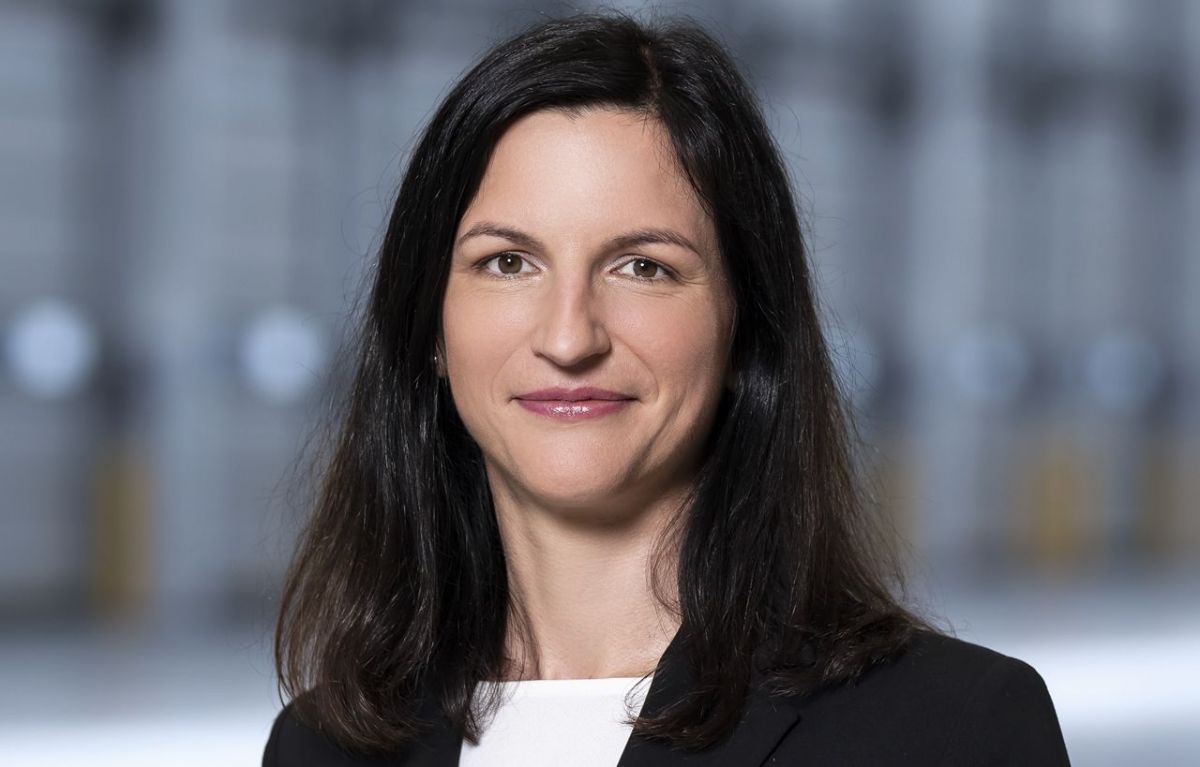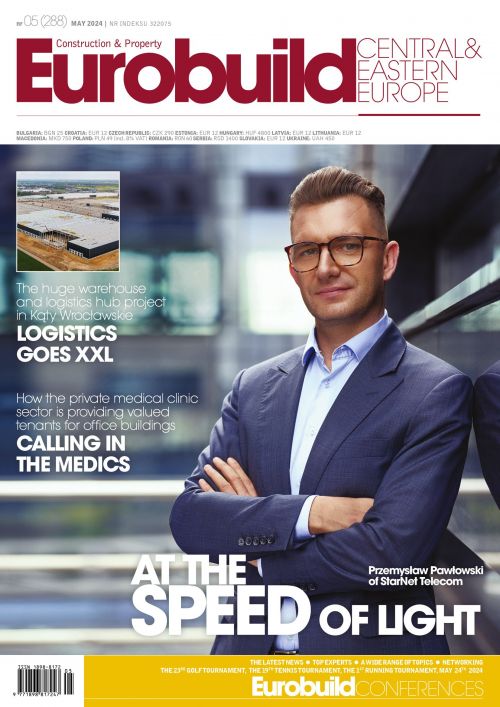Imagine that you own a beautiful house that you rent out to tenants. It’s set in an ideal and highly popular location, and is equipped with the latest comforts and living solutions. But as time passes, the property starts looking old and tired; what was once state-of-the-art has simply become run-of-the-mill, and eventually seems distinctly old-fashioned. And so, a wonderful opportunity for some healthy rental revenue where residents can enjoy an excellent quality of life ends up squandered through inactivity and an unwillingness to invest in this real estate.
This is one of the traps that many industrial real estate developers and operators fall into with their warehouses. The fault lies in their neglect to commit capital expenditure, also known as capex, as this is one of the most important activities incumbent on any real estate developer who cares about providing excellent space to tenants.
Simply put, capex is money invested in physical assets. For real estate developers s































































